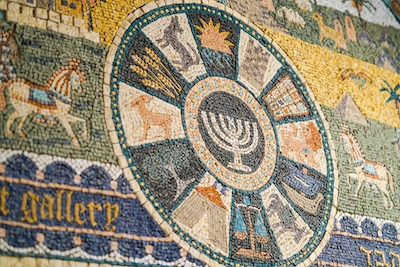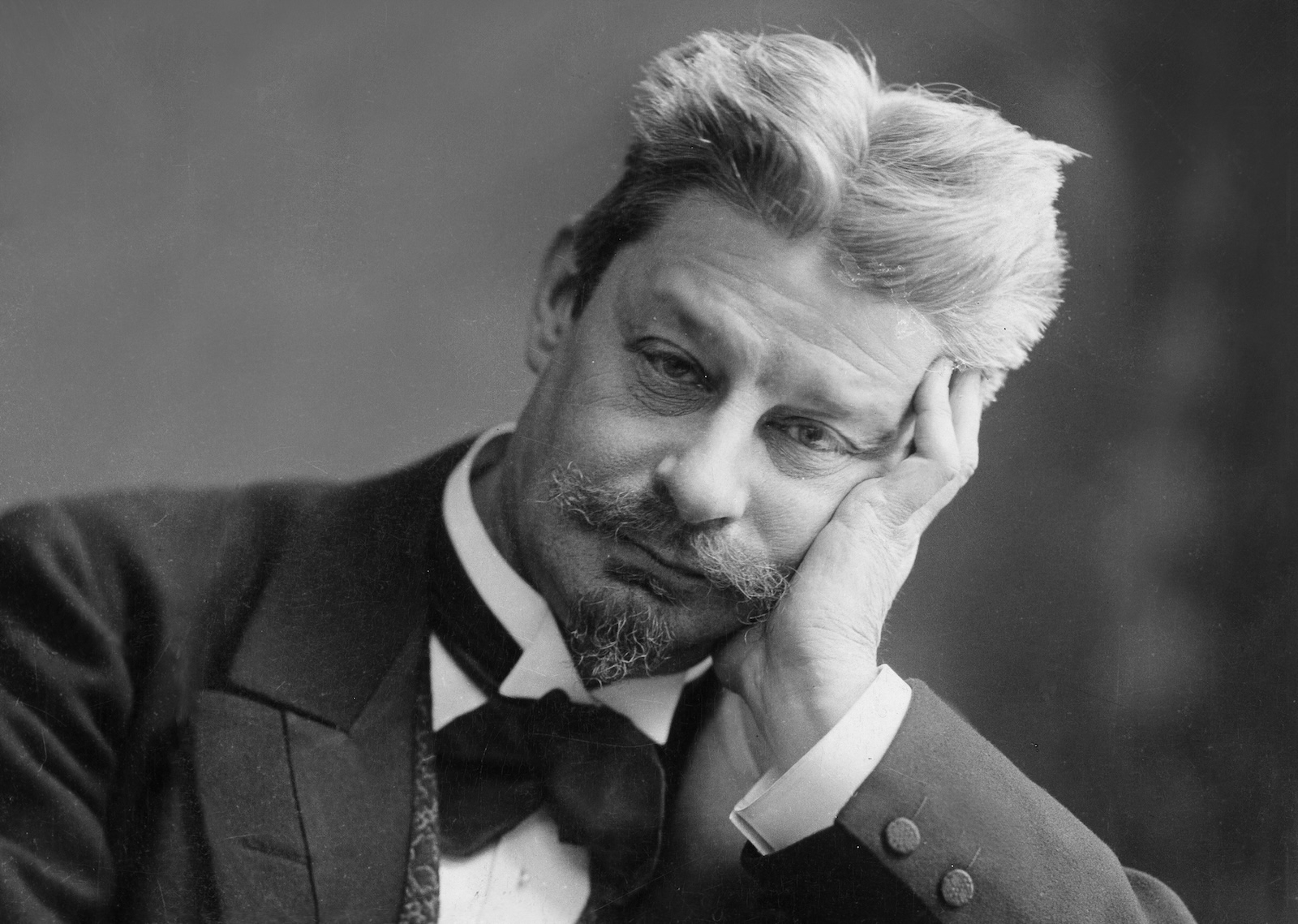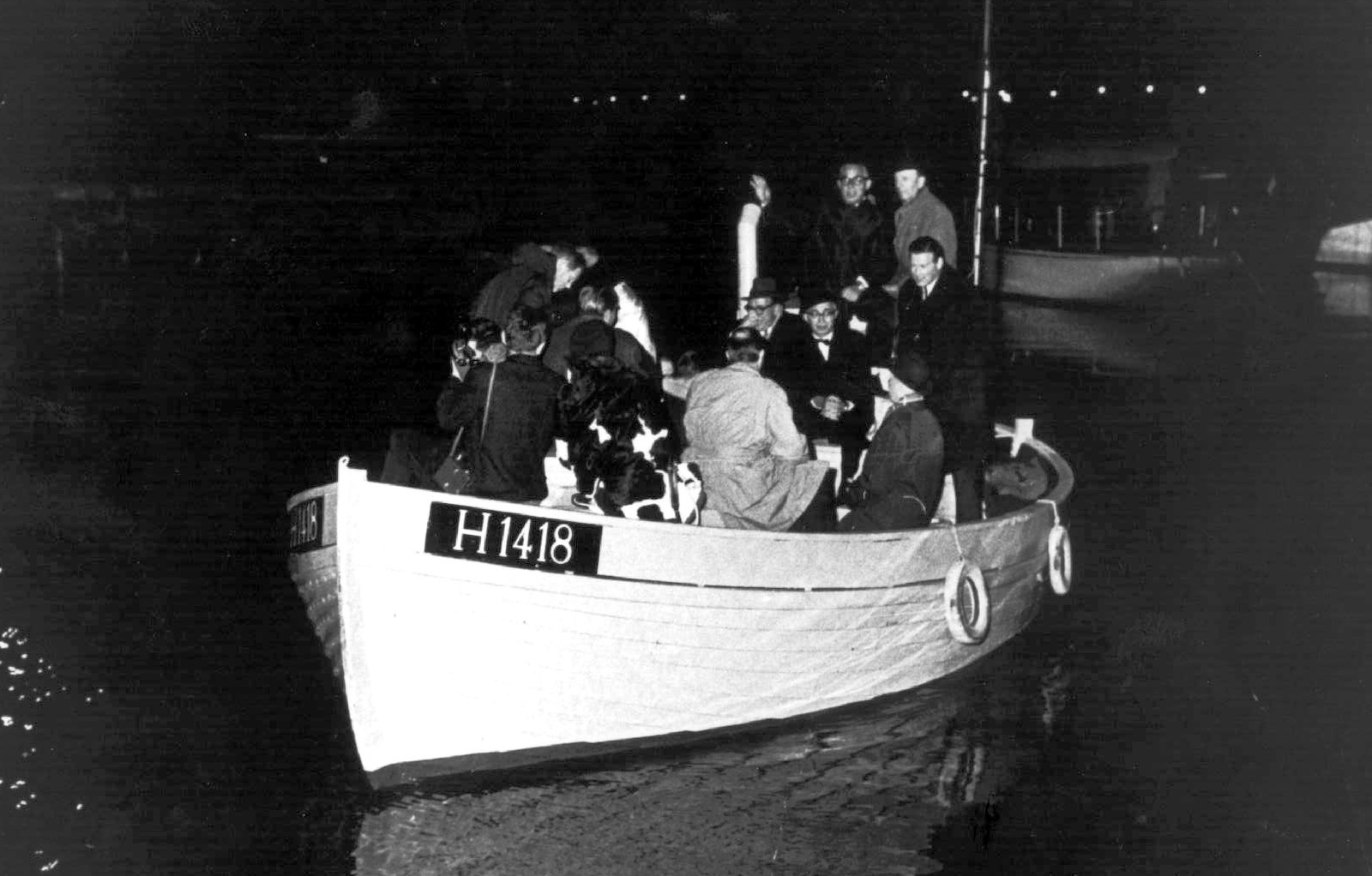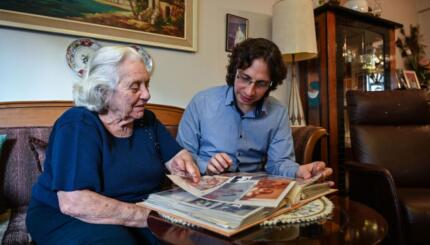The five nations of Scandinavia — Denmark, Sweden, Norway, Finland, and Iceland — have never had large Jewish populations. While they lie relatively close to the Jewish cultural heartlands in Eastern Europe, only a handful of Jews lived there until the late 18th century. Even today, Jews represent only a tiny minority of the Scandinavian population, perhaps 25,000 out of 28 million, clustered almost entirely in a few urban centers. That absence reflects a history of exclusion that in some areas extended well into the 20th century.
Yet for all that, contemporary Scandinavia is in many ways one of the world’s most welcoming places for Jews, with low rates of antisemitism and strong cultural values of religious tolerance. During World War II, Scandinavia provided one of the most vivid rejections of Nazi ideology, exemplified by the dramatic rescue of Danish Jews and their protection in neutral Sweden. The history of Scandinavian Jewry thus combines both exclusion and inclusion, intolerance and acceptance, in a way perhaps unique in the Jewish experience.
Exclusion and early settlement
Before the early 1600s, Jews were barred from settling anywhere in Scandinavia. A few individual Jews did immigrate. The physician Jonah Charizi, for example, is widely thought to be responsible for the Hebrew lettering on the Round Tower in Copenhagen, built in 1617. But Jews required special royal letters of invitation to settle in Scandinavia and were barred from holding religious services or building synagogues, restrictions that lasted well into the modern era. In Sweden, Jews were required to be baptized until 1718 and were barred from Stockholm until the 1770s. Jews were banned from Norway by royal decree in 1687, a policy that wasn’t lifted until 1851. Iceland ended its prohibition on Jewish settlement in 1853, but had no Jewish residents until 1906.
The movement toward permanent Jewish settlement began in Denmark in the 17th century. As part of an effort to boost commerce, in 1620 Christian IV issued an edict of tolerance for his new commercial center of Gluckstadt, hoping to attract Sephardic merchants from Amsterdam. By the 1640s, synagogues were under construction in Gluckstadt and Altona, and in 1676 Copenhagen recorded its first permanent Jewish residents. By 1700, Copenhagen had a synagogue, a Jewish cemetery and a full-time rabbi. The community grew steadily over the next century, consisting of about 500 families by 1800.

Help us keep Jewish knowledge accessible to millions of people around the world.
Your donation to My Jewish Learning fuels endless journeys of Jewish discovery. With your help, My Jewish Learning can continue to provide nonstop opportunities for learning, connection and growth.

Sweden followed somewhat later, establishing a Jewish community in Stockholm in 1775, and in Göteborg and Norrköping soon afterward. In 1782, the state for the first time permitted settlement and naturalization of Jews with substantial assets.
No Scandinavian country offered a general acceptance of Jews before 1800. Each Jewish community was an exception to the rule, an individually negotiated arrangement that permitted a limited set of privileges to a specific group of people. These people were not, moreover, Danes or Swedes or Finns — they were Jews, outsiders with none of the security or rights associated with citizenship.
Citizenship, assimilation and immigration
This pattern began to change in the 19th century. In Denmark, Sweden and Norway, parliamentary democracies replaced absolute monarchies, bringing with them constitutions that emphasized universal rights and freedom of conscience. This led to a steady decline in restrictions that had constrained Jewish life in previous centuries.
In Denmark, a royal decree of 1814 redefined the nation’s Jews as citizens who were subject to the same protections and obligations as other Danes. Sweden issued a similar decree in 1838, and Norway in 1851. Over the ensuing decades, the restrictions on Jewish occupations, civic participation and marriage fell steadily away. Finland, still under Russian rule, took much longer; Jews were not granted full civil rights until the nation became independent in 1918.
The integration of Jews produced significant backlash, which at times led to civil unrest. In 1819, anti-Jewish riots broke out in Copenhagen. (Among the witnesses was the 14-year-old Hans Christian Andersen, visiting Copenhagen for the first time.) In Sweden, the abolition of restrictions on Jewish citizenship in 1838 led to riots, forcing the government to withdraw the new rules. But opposition to Jewish citizenship faded quickly over the course of the 19th century. In Denmark, several became prominent public figures, including writers Edvard and Georg Brandes, novelist Meir Aron Goldschmidt, philanthropist Mendel Levin Nathanson and businessman and parliamentarian Moritz Melchior.

This gradual process of assimilation changed abruptly at the turn of the 20th century, when a series of pogroms across the Pale of Settlement drove hundreds of thousands of Jewish refugees westward, several thousand of whom landed in Scandinavia. The newcomers reinvigorated the existing communities (in both Denmark and Sweden, the Jewish population doubled between 1880 and 1920), but they also posed a threat. With their bushy beards and shtetl clothing, the pious newcomers were precisely what the culturally assimilated native Jews sought to distance themselves from. Polarization between “Viking Jews” and “Russians” created sharp divisions that would endure for generations.
This pattern would repeat itself again and again — in the 1930 and 1940s, when refugees from Nazism sought safety in the north; during the late 1960s and early 1970s, when state antisemitism drove much of the Jewish population from Poland; and during a number of smaller subsequent migrations. Established communities reacted anxiously to the visible difference of the newcomers, even as they benefited from infusions of new members and new models of Jewish identity. The complex social landscapes of Scandinavian Jewish communities today derive in large part from the strained circumstances under which Jews arrived in the 20th century.
The Holocaust and its aftermath
The fate of Scandinavian Jews in the face of Nazi Germany’s rise varied with the political and military situation of their particular countries. While Sweden, Norway and Denmark all sought neutral status during the war, only Sweden achieved it. Germany invaded both Denmark and Norway in April of 1940. Finland, by contrast, allied with Germany during the war. Iceland remained officially neutral, but it was garrisoned by British and American forces throughout the war.
These differences produced very different consequences for Jews. Sweden’s neutrality protected not only its own Jewish population, but many refugees. Finland’s Jews also fared well; while it collaborated with Germany in fighting the Soviets, the government strongly supported Finnish Jews during the war, and it helped refugees in the country get to safety in Sweden. But in Norway, though the resistance managed to help many find safety in Sweden, about 775 of the country’s 2,000 or so Jews were deported to death camps in 1942.
In Denmark, the government managed to block action against the country’s Jews for several years. But in October of 1943, German authorities laid plans to round up all Danish Jews and deport them. In one of the most remarkable episodes of the Holocaust, the plan was defeated almost completely. In the span of two weeks, a largely spontaneous collaboration of political leaders, resistance members, doctors, clergy and thousands of private citizens managed to hide almost all of the country’s Jews and transport them on fishing boats to Sweden. Of the 7,000 or so Jews in Denmark in 1943, the Germans caught only 482. Thanks to the efforts of the Danish Red Cross and Bernadotte’s White Buses, moreover, all but 53 of those returned home after the war. Even the Torah scrolls in the Great Synagogue survived, hidden by priests in a nearby Catholic church.

In Iceland, the war effectively created the Jewish community. The large garrisons of British and American soldiers included substantial numbers of Jews, and in 1941 they established the first Jewish congregation in the nation’s history. The Jewish population reached several thousand toward the close of the war, and two synagogues continued operation into the 1950s.
A recipe for Icelandic Jewish cookies.
Negotiating a new world
The end of the war brought a new set of opportunities and dilemmas. As the horrors of the Holocaust became known, support for Jews became a matter of national pride. Jews also experienced an almost unprecedented level of political support and cultural acceptance as the Scandinavian countries embraced secular democracy in the postwar period. For the first time, they worried not about exclusion, but inclusion: If Jews were free to identify as Danes or Swedes or Finns, would they continue to be Jews at all?
Jewish communities did not, as some had feared, disappear. Even as intermarriage rates rose and ritual observance declined, the size of Jewish communities in Denmark, Sweden, Norway and Finland remained fairly stable between 1950 and 2000. They did change, though. Rising rates of intermarriage challenged traditional definitions of community membership, as did disagreements about such ritual practices as circumcision, gender separation and kosher observance.
Today, most Scandinavian Jews live in a few urban congregations. Sweden’s 15,000 Jews constitute the largest and most dispersed Jewish population. The majority live in Stockholm, though Göteborg and Malmö also have substantial congregations. A number of provincial cities have very small ones. In Denmark, the nation’s 7,000 Jews live almost entirely in and around Copenhagen. Norway’s 1,500 Jews live mainly in Oslo, and most of the 1,000 Finnish Jews live in Helsinki, though small communities exist in Turku and Tampere.
Jews in Scandinavia are among the most culturally assimilated in the world. They generally speak the same languages as their neighbors, dress in the same clothing and work in the same professions. They share the larger culture’s secular orientation, with relatively few strictly observing Jewish ritual. Many, perhaps a majority, marry non-Jewish spouses.
Yet Jewish identity in Scandinavia has proven surprisingly persistent over the past half century. As modern culture peels away the ties of place and tradition that have defined human beings for most of their history, Jewish identity provides an anchor — especially in the progressive modern capitals where Scandinavian Jewry lives. Even Jews who embrace the national culture find something special about being Jewish, and they tend to value it highly.



